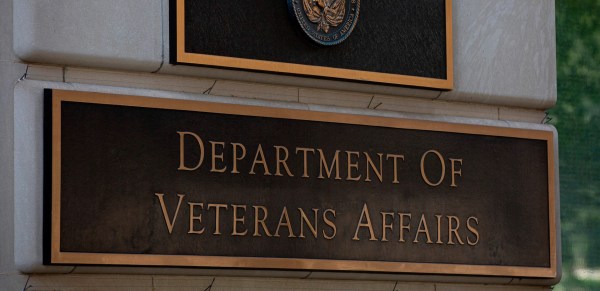The use of electronic health records has revolutionized the health information exchange — or HIE — between hospitals and other providers, according to a new report.
Between 2008 and 2012, HIE increased 41 percent, reported the journal Health Affairs, which is published by the Office of the National Coordinator at the Health and Human Services Department.
“We know that the exchange of health information is integral to the ongoing efforts to transform the nation’s health care system, and we will continue to see that grow as more hospitals and other providers adopt and use health IT to improve patient health and care,” said Dr. Farzad Mostashari, the national coordinator for health information technology and author of the report.
The report also found that in 2012, six in 10 hospitals actively participated in electronic health record exchanges with providers and hospitals outside of their organizations.
The accelerated electronic transfers stems largely from the Health Information Technology for Economic and Clinical Health Act of 2009, which authorized nearly $30 billion to implement adoption incentives for electronic records. In the quest for a more efficient health information exchange, the report found electronic records and health information organizations, HIOs, complement each other.
Some highlights of the report:
-
Hospitals participating in HIOs and with basic electronic health records systems had the highest rates of hospital exchange activity in 2012, regardless of what type of information was being exchanged.
-
The number of hospitals that implemented basic electronic records and participated in an HIO grew more than fivefold from 2008 to 2012.
-
During the study period, the number of hospital exchanges with outside hospitals doubled, and 58 percent of hospitals exchanged data with providers outside their organization in 2012.
The report noted one area needing improvement was care summaries and medication lists. According to the results, only one-third of hospitals exchanged medication lists and clinical care summaries with outside providers. Authors of the report suggested for guidance, hospitals look to existing initiatives, like the State Health Information Exchange Cooperative Agreement Program.






